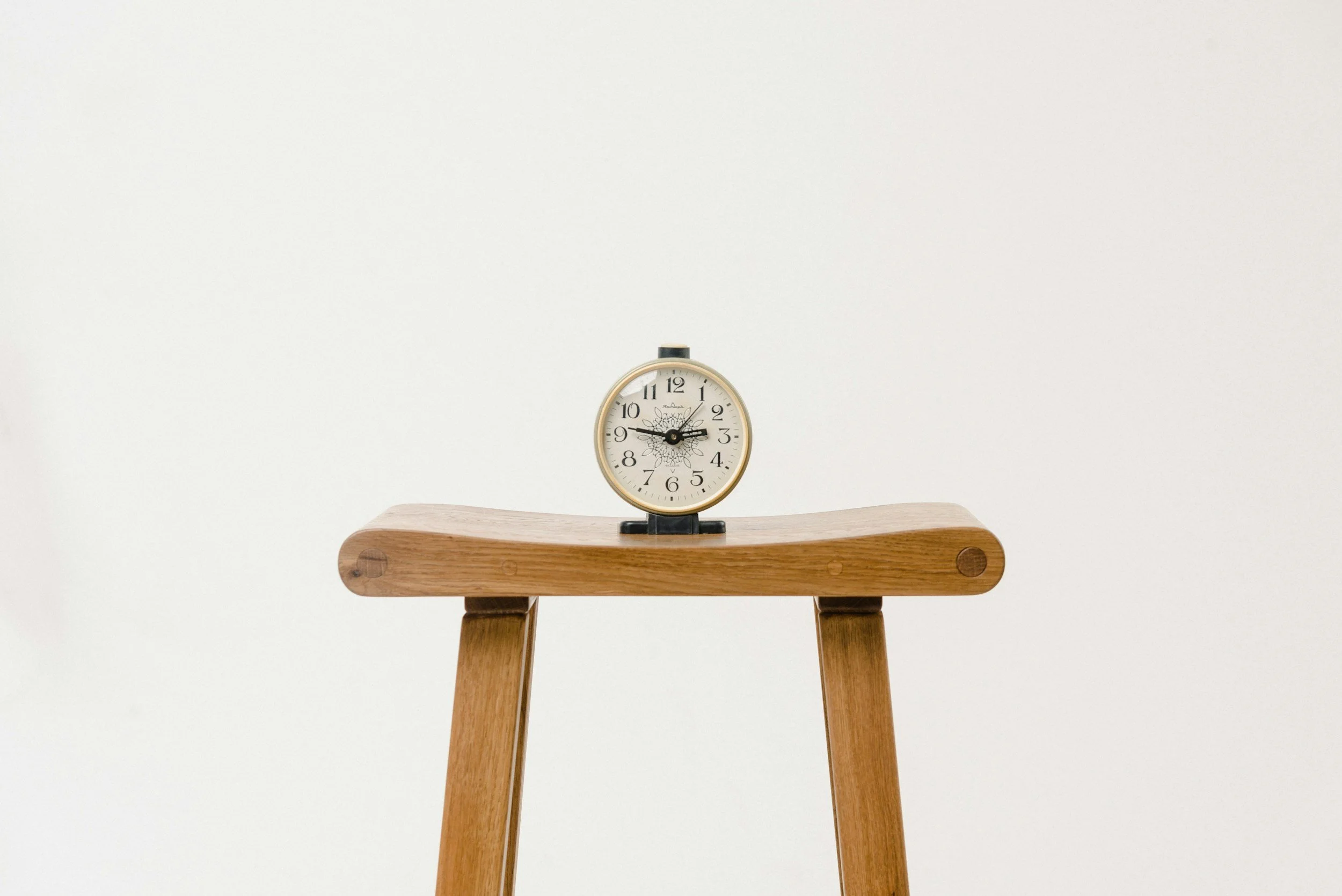The Habit of Being Late: How Your Face Reveals the Root of the Problem
Key Takeaways
Understand the Root Cause: Chronic lateness often stems from specific personality traits, many of which can be identified through your facial features.
Practical Morning Hacks: Simple, consistent routines like evening prep and “if-then” habit loops can dramatically improve punctuality.
Activate Your Focus: Mindfulness exercises can help sharpen attention and reduce time slippage.
Leverage Your Natural Strengths: Physiognomy can reveal your natural strengths and weaknesses, helping you form more effective habits.
Personalized Solutions: A detailed face reading can guide you toward personalized, lasting habit changes.
Have you ever found yourself running late for work — again — and wondering why it’s so hard to break this habit? You set alarms, promise yourself you’ll do better, and yet the snooze button wins almost every time. Chronic lateness is a real struggle for many, but the path to change is far more personal than you may think.
If you’re frustrated by your inability to be punctual, understanding the “why” behind this habit is the first step to change. While self-help books offer generic advice, truly lasting results often require self-awareness — knowing how your mind, habits, and even your natural tendencies get in the way.
Practical and Specific Solutions for Chronic Lateness
Evening Preparation Ritual: Don’t wait for the morning! Each night, spend 5–10 minutes laying out your clothes, prepping your bag, and setting out essentials (wallet, keys, etc.) in a visible spot. Place your phone or alarm device across the room — so you must get up to turn it off.
Micro-Commitment Alarm System: Set two alarms: one for getting out of bed, another 10 minutes later as a “check-in.” The first alarm is non-negotiable: stand up, turn it off, and immediately splash your face with cold water. When the second alarm sounds, you should already be dressed or at least out of bed — if not, restart your morning with a short burst of activity (push-ups, jumping jacks).
Morning Mindfulness to Activate Focus: Before you look at your phone or start thinking about the day’s stress, take one minute to do a grounding exercise: sit up straight, close your eyes, and take five deep breaths. This helps sharpen your mind and make you more aware of the passage of time.
“If-Then” Habit Substitution: When you feel the urge to procrastinate (e.g., stay in bed or check your phone), use a trigger phrase: “If I want to snooze, then I must stand up first.” Physically changing your posture disrupts the habit loop.
Visual Cues and Reminders: Post a sticky note on your mirror or door: “How you start your morning sets the tone for your day.” Visual reminders help shift your focus from comfort to commitment.
None of these suggestions are magical — they’re practical, science-backed strategies that make a real difference. The secret is consistency: do them every day for two weeks, and you’ll start to see your morning habits shift.
How Can Physiognomy Help You Understand — and Change — Chronic Lateness?
You might wonder what facial features have to do with punctuality. In both Chinese and Western physiognomy, your facial structure is believed to reveal not only your personality but also your natural strengths and challenges. At Physiognomy.ai, we use the wisdom of face reading — combined with modern AI analysis — to help you decode your own patterns.
Facial Structures Linked to Chronic Lateness
From Chinese face reading:
Messy or downward-sloping eyebrows: Suggest scattered thinking and poor planning. You might easily lose track of time or forget details.
Low or indented nose bridge: Associated with weaker self-management and difficulty sticking to routines.
Bulbous nose tip or flared nostrils: Indicates a tendency to indulge in comfort or procrastination — like lingering in bed.
Wandering or unfocused gaze: Reflects drifting attention, making it easy to miss the time.
Receding or weak chin: Linked to low resolve and difficulty enforcing discipline on yourself.
From Western physiognomy:
Sloped or narrow forehead: Historically viewed as a sign of impulsivity and poor planning skills.
Wide eyebrow-to-eye spacing (“sleepy eyes”): Suggests relaxed vigilance — more likely to lose track of time.
Puffy under-eyes or downturned eye corners: Reflect low energy and trouble with morning motivation.
Full upper lip, shallow philtrum: Linked with a preference for comfort and instant gratification.
Soft, rounded or receding chin: Indicates weaker willpower and follow-through.
These features don’t “doom” you to being late, but they offer insight into your unconscious tendencies. Recognizing these patterns can help you choose solutions that target your natural weaknesses.
Can You Really Change Your Destiny? Yes—With Self-Awareness
Physiognomy is not about blame or fatalism. Instead, it offers a mirror to understand where your real challenges lie. When you recognize which zones — planning (brows/forehead), focus (eyes), impulse (nose/lips), or willpower (jaw/chin) — need the most attention, you can design new habits that actually fit your psychology.
The beauty of face reading is that it can motivate change. In traditional Chinese belief, improving your habits gradually “brightens” your face and expression — literally reflecting your growth. By working on specific zones through micro-habits, you not only become more punctual, but also boost your self-confidence and overall wellbeing.
How Physiognomy.ai Can Help
At Physiognomy.ai, we offer AI-powered face reading and personalized habit coaching. Our analysis doesn’t just tell you what your face reveals about your personality — it shows you how to leverage your strengths and shore up your challenges.
With our service, you’ll receive:
A detailed face report: Learn which facial features might be affecting your punctuality or self-discipline.
Personalized improvement plan: Practical steps and habit-building tips tailored to your unique physiognomic profile.
Support for lasting change: Track your progress, receive regular check-ins, and get new tips as your habits improve.
Stop fighting your natural tendencies — learn to work with them, and turn punctuality into a strength, not a struggle.










